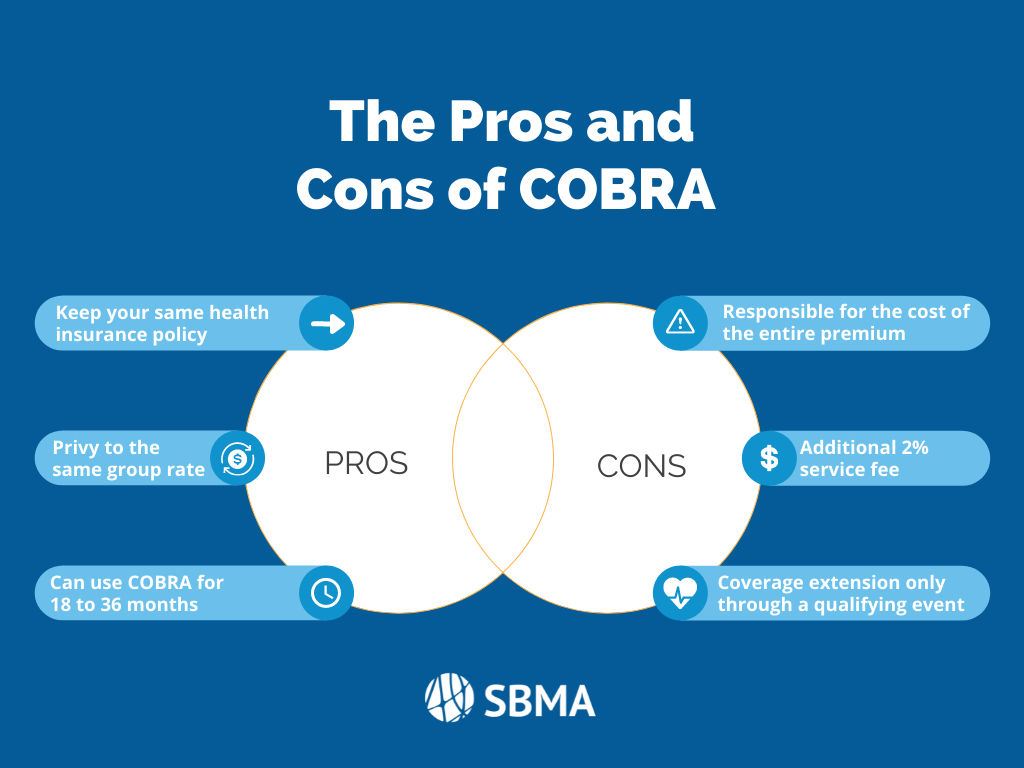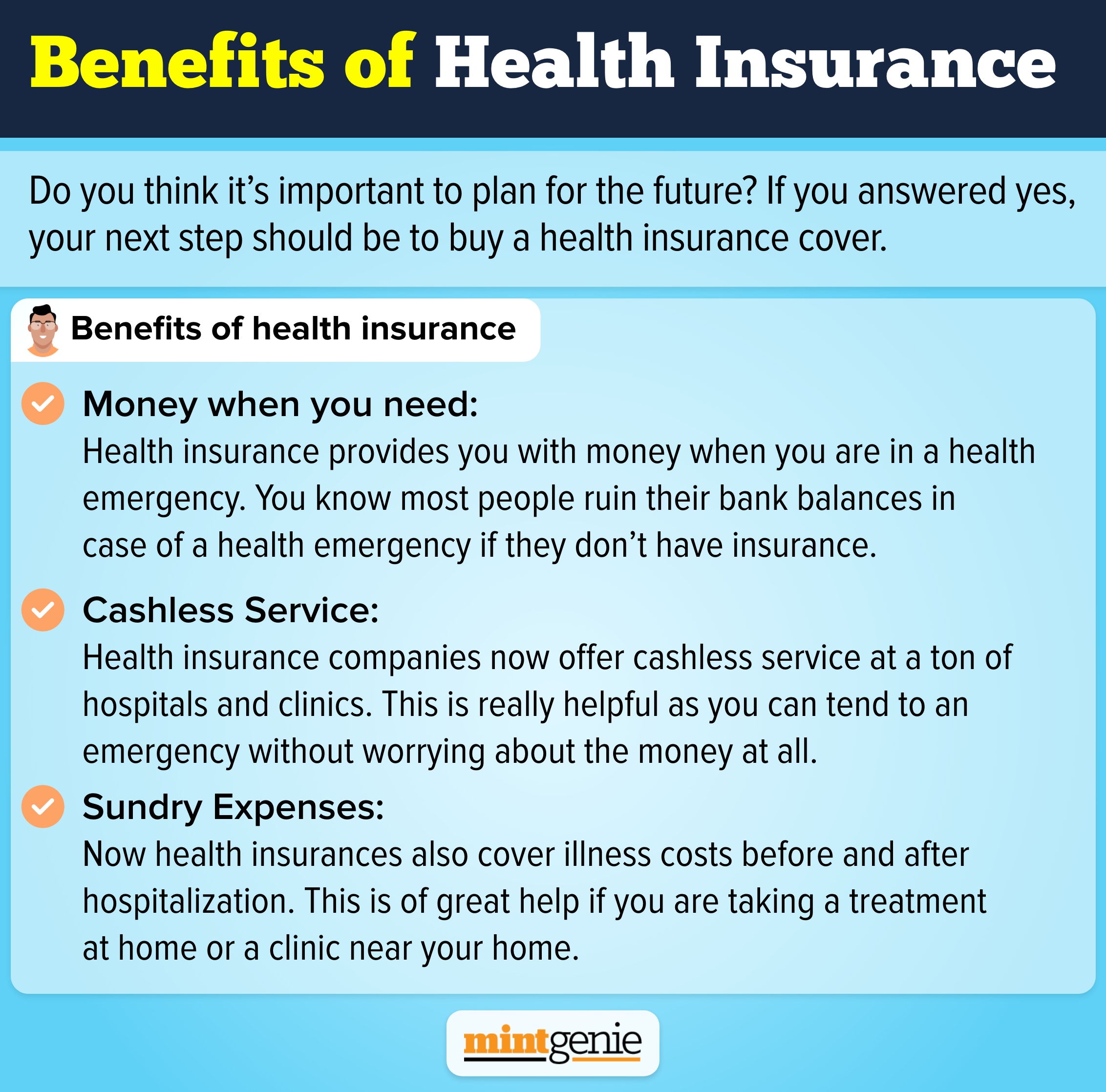Medicare Advantage Agent for Dummies
Medicare Advantage Agent for Dummies
Blog Article
The Best Guide To Medicare Advantage Agent
Table of ContentsThe Greatest Guide To Medicare Advantage AgentMore About Medicare Advantage AgentNot known Details About Medicare Advantage Agent

complies with from perplexing the relatively young age account of the without insurance with the much better wellness, on average, of younger persons. This covers the web link in between wellness condition and medical insurance. For those without access to office medical insurance, poor health is a possible barrier to purchasing nongroup protection due to the fact that such protection might be very priced, omit preexisting problems, or be merely not available. The variety of uninsured Americans is not especially huge and has actually not transformed in recent years. 7 out of ten respondents in an across the country representative study thought that fewer Americans did not have medical insurance than in fact do(Fronstin, 1998). About fifty percent(47 percent )believed that the variety of people without medical insurance reduced or continued to be continuous over the last fifty percent of the last decade(Blendon et al., 1999). This decrease of virtually 2 million in the number of people 'without insurance coverage (a reduction
of about 4 percent)is certainly a positive change. With a softer economic climate in 2000 the most up to date reported gains in insurance policy protection may not continue(Fronstin, 2001 ). The decline in the number of without insurance will not proceed if the economy continues to be slow and healthcare expenses remain to outmatch rising cost of living. This is due to the fact that the information were gathered for a period of strong financial efficiency. Of the estimated 42 million individuals that were without insurance, all yet concerning 420,000(about 1 percent)were under 65 years of age, the age at which most Americans end up being qualified for Medicare; 32 million were grownups in between ages 18 and 65, about 19 percent of all adults in this age team; and 10 million were kids under 18 years of age, concerning 13.9 percent of all children (Mills, 2000). These quotes of the variety of persons uninsured are produced from the annual March Supplement to the Current Population Study (CPS), carried out by the Demographics Bureau. Unless otherwise kept in mind, national quotes of people without medical insurance and proportions of the population with various kinds of coverage are based upon the CPS, one of the most extensively used resource of estimates of insurance policy coverage and uninsurance prices. These studies and the quotes they produce are explained briefly in Table B. 1 in Appendix B - Medicare Advantage Agent. These surveys differ in dimension and sampling methods, the concerns that are asked regarding insurance
Rumored Buzz on Medicare Advantage Agent
protection, and the moment period over which insurance protection or uninsurance is measured(Lewis et al., 1998, Fronstin, 2000a ). Still, the CPS is particularly beneficial since it creates yearly quotes relatively swiftly, reporting the previous year's insurance policy coverage estimates each September, and since it is the basis for a regular set of quotes for even more than two decades, allowing for analysis of fads in coverage with time.

The Facts About Medicare Advantage Agent Uncovered
Over a three-year period beginning early in 1993, 72 million people, 29 percent of the united state populace, were without insurance coverage for at the very least one month. Within a single year(1994), 53 million individuals experienced a minimum of a month without coverage(Bennefield, 1998a). 6 out of every 10 without insurance adults are themselves used. Although working does improve the possibility that one and one's member of the family will certainly have insurance, it is not a guarantee. Also members of households with two full-time breadwinner have practically a one-in-ten possibility of being uninsured (9.1 percent without insurance rate)(Hoffman and Pohl, 2000 ). The relationship in between wellness insurance policy and access to care is well established, as documented later in this chapter. The relationship in between wellness insurance coverage and wellness results is neither direct neither simple, a considerable clinical and wellness services research literature links wellness insurance coverage
to improved better to care, better far betterTop quality and improved enhanced and population health statusCondition For instance, the 2nd record, on personal health end results for without insurance grownups, is stood for by the innermost circle of the figure, while the 3rd record, on household wellness, incorporates the topics of the 2nd report however emphasizes a various device of analysis, particularly, the household. The sixth report in the collection will certainly provide information concerning methods and efforts carried out locally, statewide, or nationally to address the absence of insurance and its damaging effects. Levels of analysis for examining the results of uninsurance. This discussion of wellness insurance protection focuses mostly on the U.S. population under age 65 since practically all Americans 65 and older have Medicare or various other public insurance coverage.
It focuses particularly on those without any type of wellness insurance policy for any type of length of time. The issues dealt with by the underinsured remain in some aspects similar to those dealt with by the uninsured, although they are typically much less severe. Uninsurance and underinsurance, however, involve distinctly different policy issues, and the strategies for resolving them might vary. Throughout this research study and the five reports to adhere to, the major emphasis is on persons with no medical insurance and therefore no aid in spending for wellness care beyond what is available through charity and safeguard organizations. Medical insurance is a powerful factor influencing invoice of care because both people and doctors reply to the out-of-pocket rate from this source of solutions. Medical insurance, however, is neither necessary nor adequate to obtain access to clinical services. The independent and direct impact of health
insurance coverage protection access to health wellness is well establishedDeveloped Others will acquire the health and wellness care they require also without medical insurance, by paying for it out of pocket or seeking it from providers that offer care free or at extremely subsidized rates. For still others, medical insurance alone does not ensure receipt of care due to the fact that of various other nonfinancial obstacles, such as an absence of wellness treatment carriers in their area, minimal accessibility to transport, illiteracy, or linguistic and social distinctions. Formal research study concerning without insurance populaces in the United States dates to the late 1920s and early 1930s when the Board on the Cost of Healthcare produced a series of records concerning financing doctor workplace visits and hospitalizations. This problem became prominent as the numbers of clinically indigent climbed throughout the Great Clinical depression. Empirical studies constantly sustain the link between access to care and improved health and wellness results(Bindman et al., 1995; Starfield, 1995 ). Having a routine source of care can be thought about a predictor of access, as opposed to a direct measure of it, when health outcomes are themselves used as access indicators. This expansion of the idea of accessibility dimension was made by the IOM Board on Monitoring Accessibility check my site to Personal Healthcare Solutions(Millman, 1993, p. Whether or not moms and dads are guaranteed appears to affect whether or not their youngsters obtain treatment in addition to just how much careeven if the children themselves have insurance coverage(Hanson, 1998). The health of moms and dads can impact their capacity to take care of their kids and the level of family stress. Stressing over their kids's access to care is itself a source of tension for parents. 3 chapters follow in this report. Chapter 2 offers an overview of exactly how employment-based health and wellness insurance coverage, public programs and individual insurance coverage operate and connect to offer extensive yet incomplete coverage of the united state populace. This consists of a review of historic trends basics and public laws influencing both public and private insurance, a conversation of the communications among the various kinds of insurance coverage, and an exam of why people move from one program to one more or finish up

Report this page